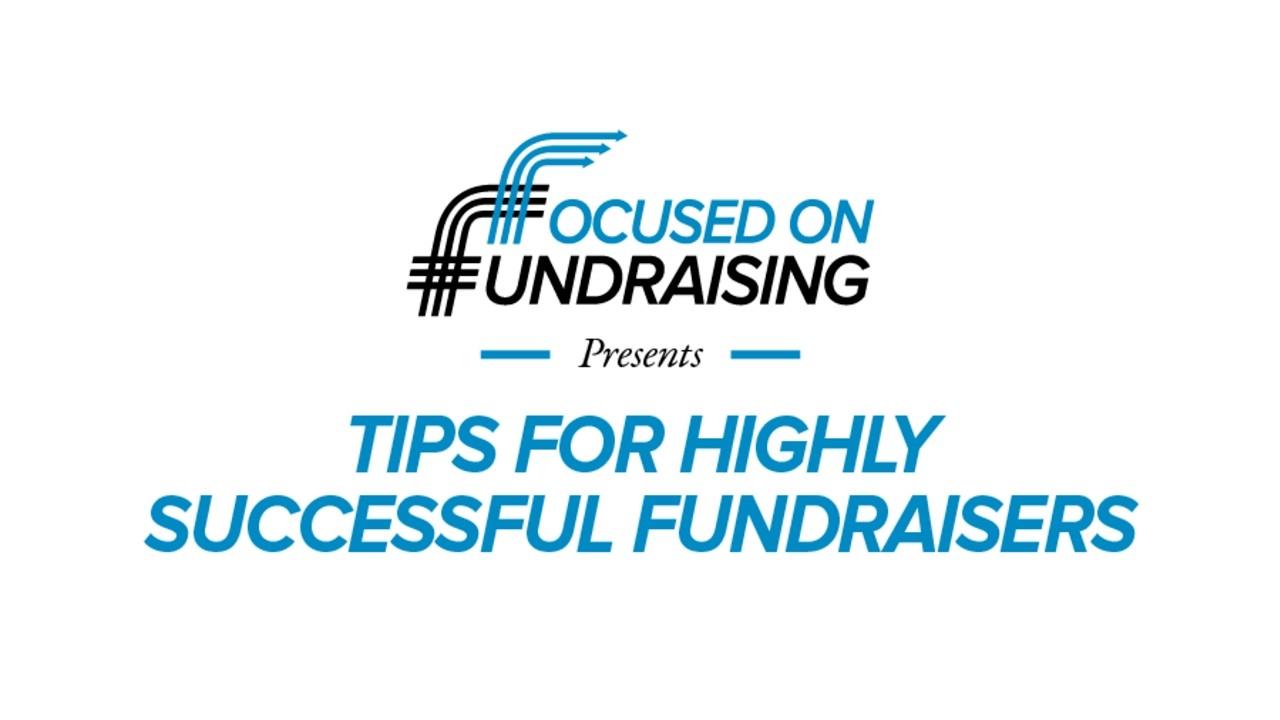Getting The Visit With A Donor

In my video Tip, Highly Successful Fundraisers Get Donors Excited To Meet With Them, I emphasized the importance of remembering your role as a fundraiser is to earn a visit with a donor. I strongly encourage you to watch the previous Tip if you haven't done so before reading this one. I've included it directly below:
Let me be clear right here. I am not writing about trying to make a “cold call” on a prospect that may not know of your nonprofit. I have written many Tips on getting an appointment to see prospects, making cold calls and trying to make cold calls into “warm calls.”
I am talking about a visit with a donor.
I see this more and more often, with long-time donors, and even with mega-donors I work with. Fundraisers I help talk about donors who give through an annual appeal but won’t connect for the rest of the year. There are donors who give regularly but never pick up the phone when you call.
The fundraiser wants to thank the donor and cultivate the donor to make another or, if the donor is interested, a larger gift. A great way to do that is to learn more about the donor during a visit.
Yet many donors believe they know all they need to about your nonprofit and think they don’t need to see anyone to provide more information. Donors know how much they can or want to give, and they believe nothing you say will change their perceptions. Many donors know your job is to encourage them to make more and larger gifts.
I really understand why all this can frustrate a fundraiser. However . . .
Our job is to not get frustrated. We must honor the donor’s wishes and, at the same time, do all we can to make a visit as attractive as possible.
So let me put forward some of my favorite ideas to make “a visit as attractive as possible” with our donors.
- Go with what you know. Look back at what the donor has responded to with gifts over the years. What did the donor originally respond to? What appears to be the donor’s original motivation and connection? As best you can, build on that appeal.
- Ask the donor to help in another way, possibly something only this donor can do. Make it very clear to the donor—either through your letter, email or phone—that you are contacting them to ask for help. Here are some things I like asking a donor’s help on:
- Referrals – I like to ask a donor to help me connect with someone else in their city or that I believe may be in the donor’s personal or professional network.
- Feedback on our work – I especially like to ask a donor for thoughts on a new project or communications we are advancing. The more specific and the more important, the better.
- The CEO asked me to call – I have mentioned this in prior Tips because it works. This approach—combined with seeking feedback on a new project—can be very flattering to an interested donor.
- Ask the donor to volunteer – This works especially well for nonprofits that regularly engage volunteers in their work and these volunteers come in personal contact with the beneficiaries of the nonprofit’s services. Personal involvement can be very compelling.
- Let them know you are thinking of them. I always encourage “off-topic” communication. What do you know about the donor’s interests—the donor’s career, family, personal hobbies, political interests (use discretion here)? Show you are interested in the donor’s world, not just talking about your nonprofit. A personal note with an article. Or just a personal note with something of interest. Maintain contact in an interesting way. If you don't have time to stay on top of this kind of high-touch, personalized cultivation at scale, consider outsourcing it to a 'done-for-you' marketing automation firm like MarketSmart. Hundreds of organizations like yours already do that. The important thing is to show you care.
- Along the lines of #3 above, ask yourself: based on what you know about the donor and what your nonprofit is doing that is most interesting, what will motivate the donor to pick up the phone and return your call?
- Hand delivery – This can be a bit risky, but I have seen it successfully done in many instances. After a donor gift, drop by the donor’s office with a small gift to say thanks. Personally drop off a Christmas or holiday present from your nonprofit to the donor. If you do this, remember the purpose is only to say thank you.
- Invitations to do something no one else can offer. I have seen many donors thankfully respond to unique invitations. I also know donors like to be treated special, to be treated as an insider. An invitation to a special event or even lunch with your CEO can be something that moves a donor to answer your call.
- Who knows the donor? Keep asking people you visit if they know the donor. Keep looking for that certain someone who can get you face-to-face with the donor. That special someone may be able to host a meeting or extend an invitation to a special event.
- Change it up – If you have been using the phone, try a letter or email. If you have been using email, try the phone. Always use a variety of methods at your disposal to reach out to your donors.
- Always be respectful and grateful to your donors.
That fact is, in my years of fundraising, getting visits with donors—even generous donors—has become more and more difficult. This necessitates fundraisers to be more creative, more thoughtful, and I believe, more pleasantly persistent.
Your thoughts are welcomed. Thx ben
